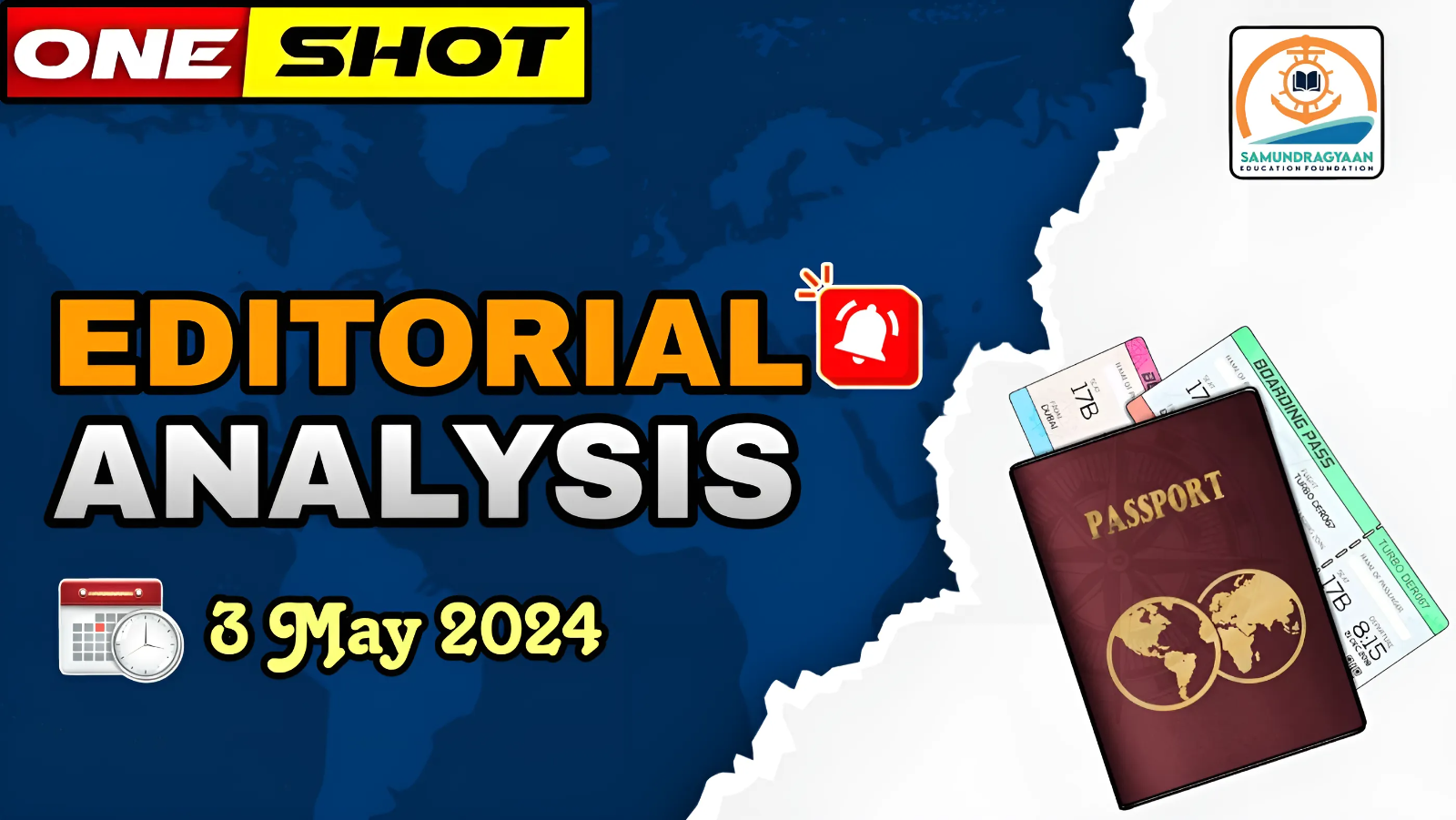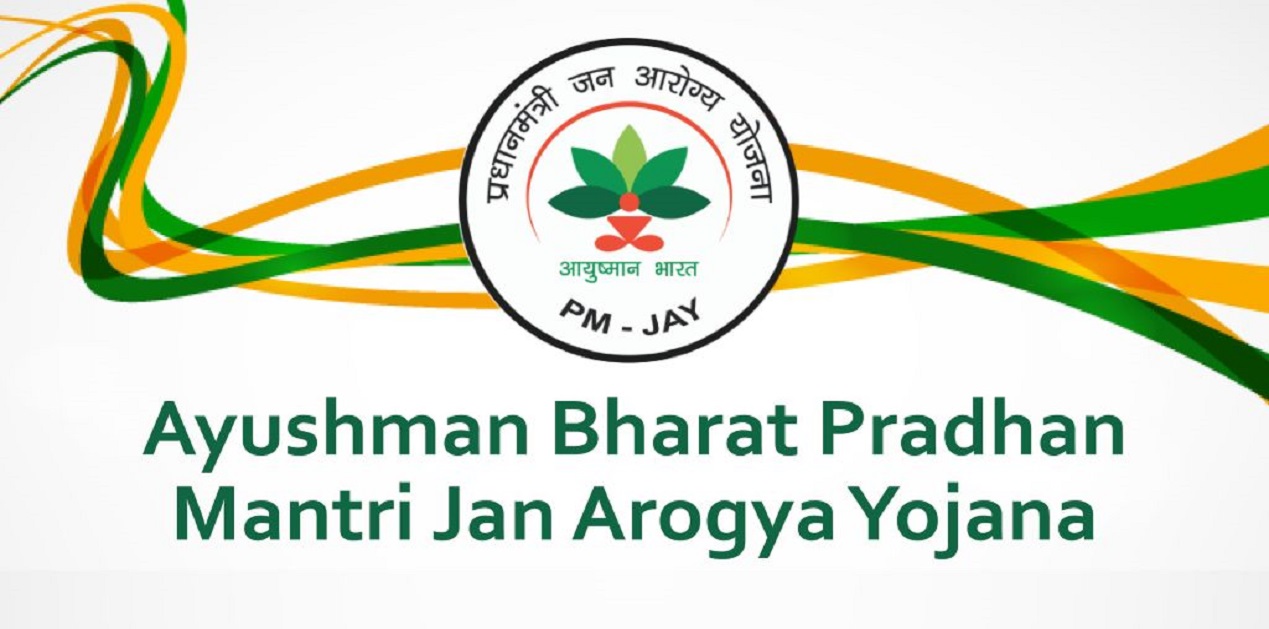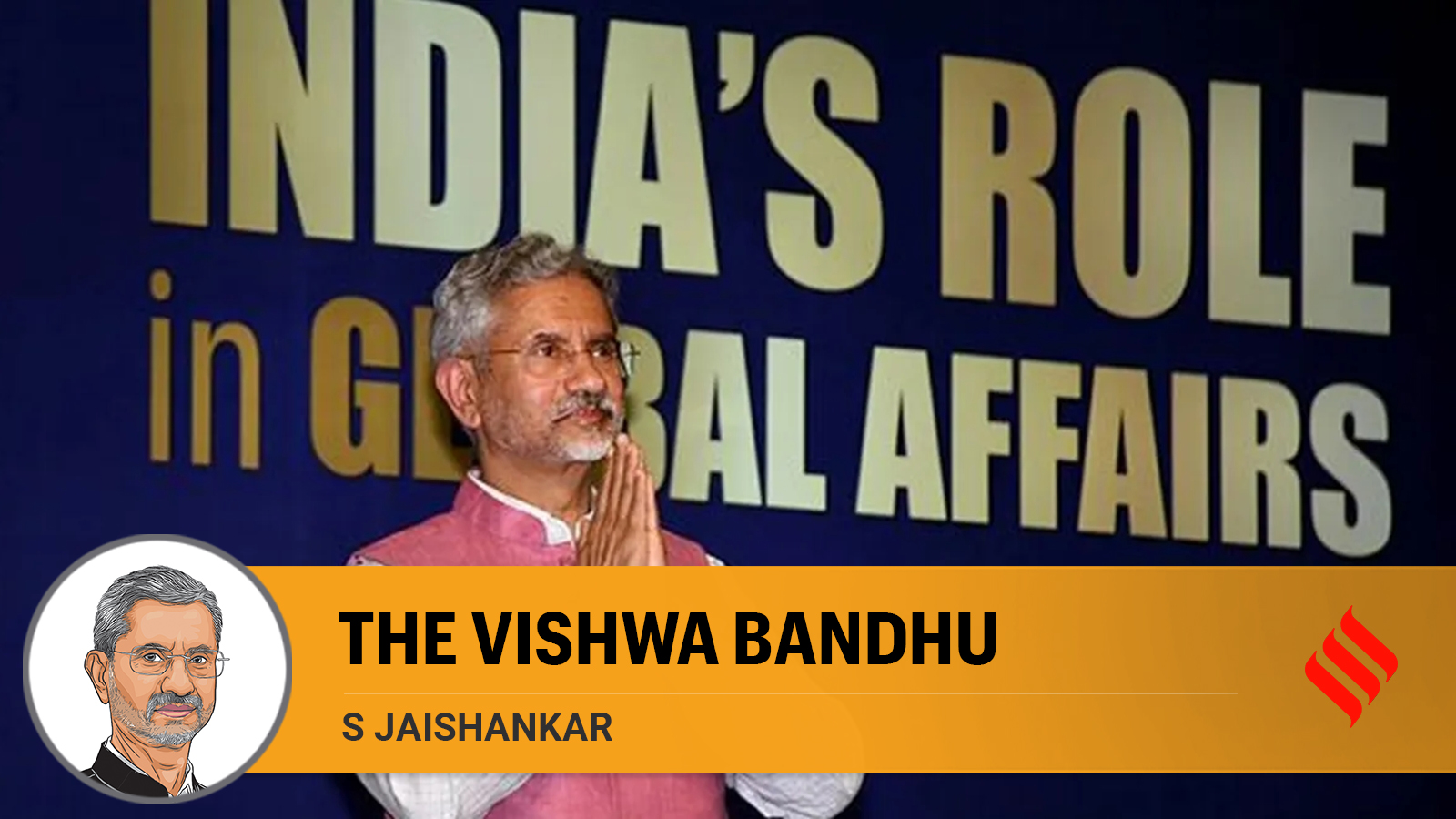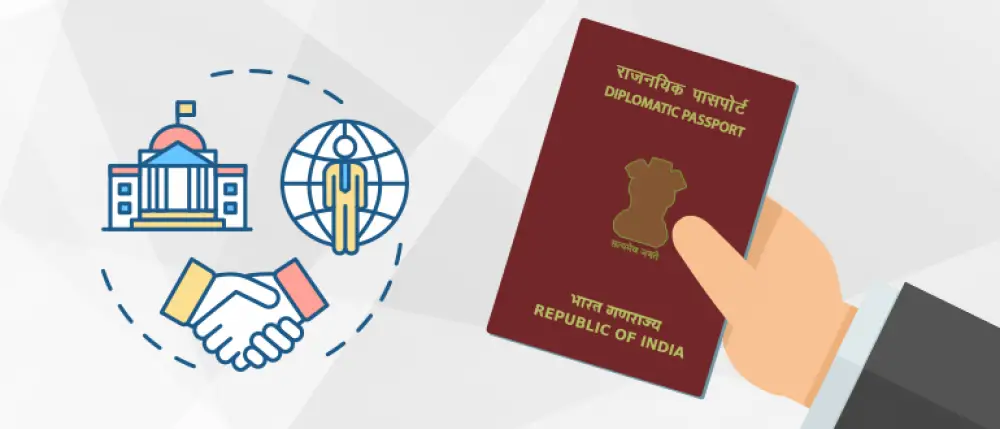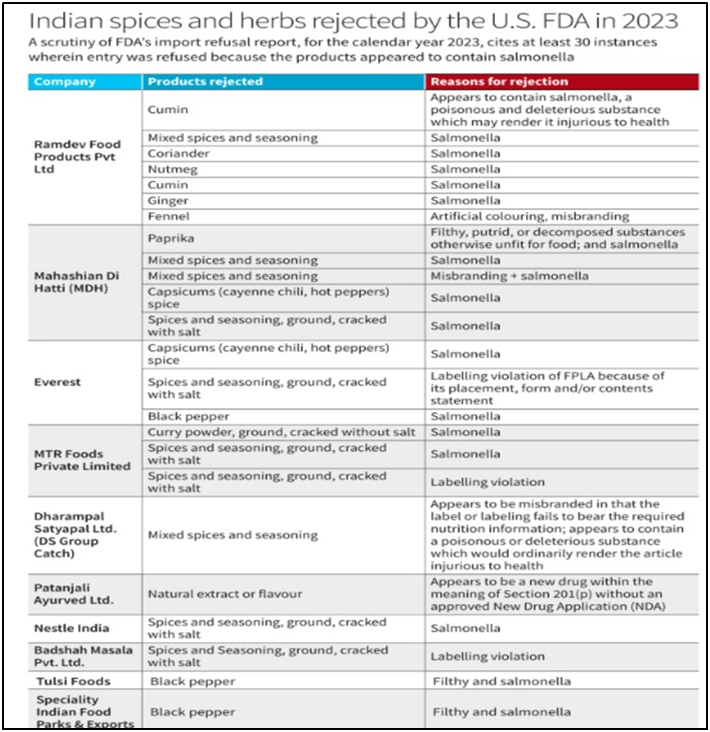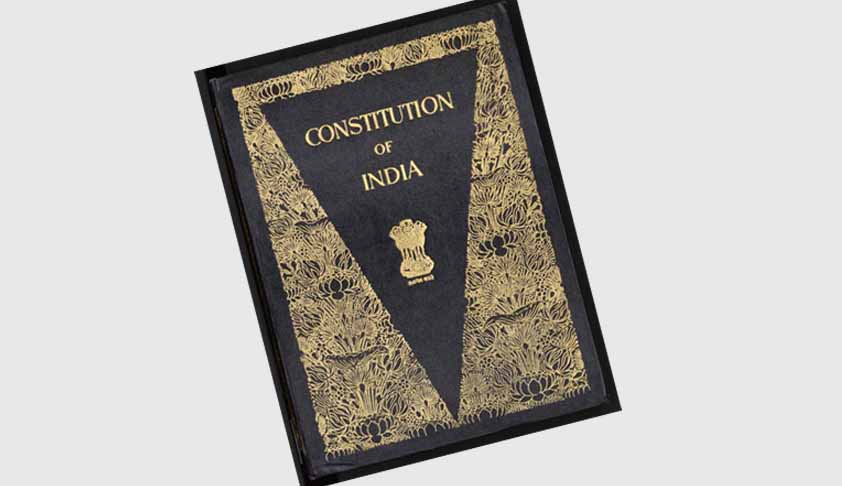| Topic: GS2 – Indian Polity – Judiciary
GS3 – Science & Technology – Issues relating to IPR |
| Context |
| ● The article discusses India’s looming crisis surrounding the use of Standard Essential Patents (SEPs) by tech companies against its telecom manufacturing sector.
● It highlights the challenges of SEP licensing, judicial response characterised by lethargy and activism, and the detrimental impact on India’s manufacturing sector. ● Drawing comparisons with Europe, it underscores the urgent need for government intervention to regulate SEPs and protect domestic interests amidst international patent enforcement obligations. |
Introduction to SEP Issue in India
- There’s a potential crisis brewing in India regarding the use of Standard Essential Patents (SEPs) by certain technology companies against the telecom manufacturing sector.
- SEPs are patents covering technologies adopted as industry standards, crucial for interoperability of cellular phones.
- The process of setting standards is privatised and dominated by Standard Setting Organizations (SSOs) largely run by private tech firms, leaving countries like India with little influence.
| Standard Essential Patents (SEPs) |
| ● Standard Essential Patents (SEPs) are patents covering technologies essential for industry standards, ensuring interoperability of products.
● For instance, GSM, CDMA, LTE are such standards in telecom. ● Companies owning SEPs have significant leverage, as manufacturers must licence them to comply with industry standards. |
Challenges with SEP Licensing
- SEP owners gain significant leverage as manufacturers must license these standards to stay competitive.
- This monopoly power often leads to exorbitant royalties, termed as the “patent holdup” problem.
| What is “patent holdup” problem? |
| ● The “patent holdup” problem occurs when owners of Standard Essential Patents (SEPs) exploit their monopolistic position.
● SEP owners demand excessive royalties or favourable licensing terms from manufacturers. ● Manufacturers are compelled to comply to ensure their products adhere to industry standards. ● This monopolistic behaviour stifles competition and innovation. ● It undermines the principle of Fair, Reasonable, and Non-Discriminatory licensing, leading to anti-competitive practices and market distortions. |
- SSOs theoretically require SEP owners to license at Fair, Reasonable, and Non-Discriminatory (FRAND) rates but fail in practice due to opacity and anti-competitive practices.
Judicial Response in India
- Indian judiciary’s response has been marked by both lethargy and activism, particularly at the Delhi High Court.
- The Competition Commission of India’s (CCI) investigation into SEP abuse by Ericsson faced legal challenges, delaying resolution for seven years.
- Meanwhile, the Delhi High Court heard infringement lawsuits against manufacturers, bypassing the resolution of competition law issues.
- The court’s interim remedies, such as requiring manufacturers to deposit money during trials, are unprecedented and detrimental to defendants’ working capital.
Impact on Manufacturing Sector
- Judicial activism combined with delays negatively impacts the government’s efforts to attract investment in manufacturing.
| What does it mean by judicial activism? |
| ● Judicial activism refers to courts actively shaping public policy through their decisions.
● It involves courts interpreting laws broadly to address social and political issues. ● Judicial activism can lead to courts expanding constitutional rights or intervening in legislative matters. ● It’s often seen as a departure from traditional judicial restraint. ● Courts may use activism to fill gaps in legislation or rectify perceived injustices. ● Critics argue it encroaches on the domain of other branches of government. ● Proponents view it as a necessary mechanism to protect individual rights and ensure justice. |
- While the government provides incentives for domestic manufacturing, judicial rulings disproportionately burden manufacturers with hefty deposits.
- Unlike manufacturers creating jobs, SEP owners repatriate profits, hindering India’s economic growth.
Comparison with Europe
- European Parliament enacted regulatory measures to control SEPs, recognizing the need for intervention.
- India’s lack of influence in SEP selection by SSOs and obligation to enforce foreign patents make regulatory measures imperative.
- India’s case for stronger regulatory measures is stronger than Europe’s due to its limited influence in SSOs and international patent enforcement obligations.
Call for Government Intervention
- It’s crucial for the Indian government to intervene and regulate SEPs to protect its manufacturing interests.
- Government intervention is necessary to prevent further damage caused by judicial delays and activism.
- Such measures are vital for India’s economic growth and to ensure a fair playing field for domestic manufacturers.
Conclusion
- India faces a critical challenge regarding SEP abuse, impacting its telecom manufacturing sector.
- Judicial delays and activism exacerbate the problem, necessitating government intervention.
- Regulatory measures similar to those in Europe are crucial to safeguard India’s manufacturing interests and economic growth.

